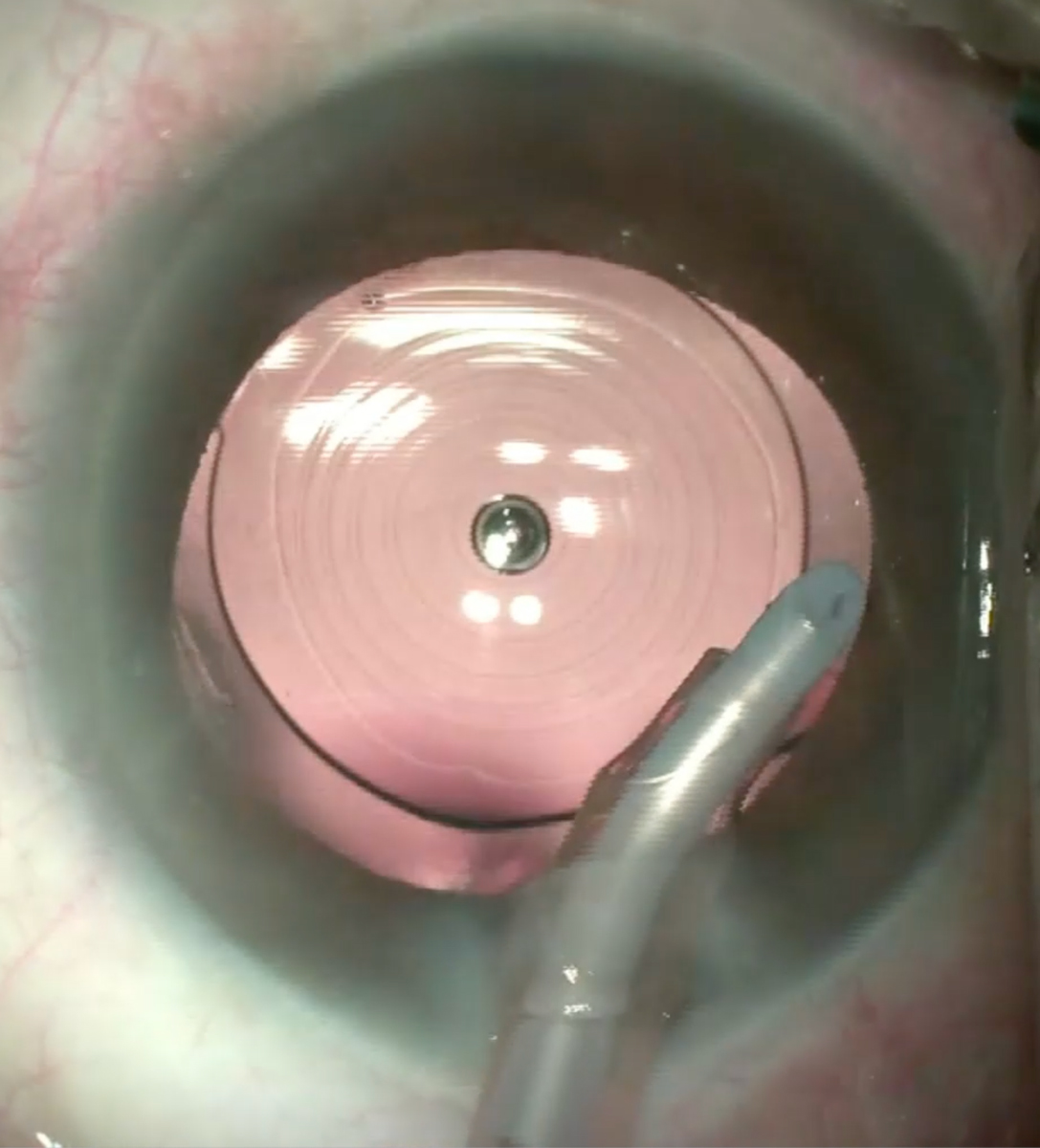 |  |
With the development of each new intraocular lens (IOL) comes new concerns and complications. This fact of life then drives the continued development of even more innovative IOLs and designs—whether it be new optical modalities, haptic designs, edge designs, materials or lens coatings.
Ongoing Issues
Some issues that continue to be troublesome are glare, halos, contrast sensitivity, poor night vision, chromatic aberrations, dysphotopsias, surface haze and different levels of IOL glistenings.
Dysphotopsias are disruptive photopic phenomena that can lead to poor patient satisfaction after cataract surgery. Positive dysphotopsias present as bright arcs, streaks, starburst, halos or rings of lights projected onto the retina. Negative ones present as dark portions, like shadows on the retina. These tend to lessen as neuroadaptation occurs, but not all patients will adapt the same.
Surface haze results in a rough appearance to an IOL due to the manufacturing process, which can leave small imperfections on the surface of the optic zone. This haze can be observed immediately after implanting the lens. The IOL can appear to have a matte texture, a sandpaper appearance or even look similar to frosted glass.
Microvacuoles can appear within the IOL as small reflections, or glistenings. They occur due to phase separation of water within hydrophobic acrylic IOLs. Glistenings have been reported in the subsurface area as well as the central region. Subsurface glistenings tend to be larger, while the central ones are smaller in size. Glistenings appear within a one-to-16 month period after implantation of the lens.
Glare, halos, decreased contrast sensitivity, poor night vision and chromatic aberrations are common side effects with extended depth of focus and multifocal design IOLs. These have become necessary trade-offs of this modality of lenses to provide patients with an improved range of vision.
 |
|
This Clareon PanOptix IOL is manufactured in such as way as to reduce the phase separation that gives rise to glistenings, according to Alcon. Photo: Steven J. Dell, MD. Click image to enlarge. |
Recent Responses
Responding to the presence of these common issues and side effects, Alcon and Johnson & Johnson have developed new IOLs materials aimed at reducing these annoyances.
Alcon has released a new family of IOLs called Clareon, which includes monofocal and toric lenses as well as the PanOptix and Vivity IOLs. The Clareon lenses aim to reduce glistening formation as well as the amount of surface haze that occurs during manufacturing. Alcon says the water content has been increased to 1.5% and is uniformly distributed throughout the lens to decrease phase separation. An Alcon-funded study found the Clareon material exhibited the lowest level of surface haze and glistenings of among other premium monofocal IOLs.1
Johnson & Johnson has recently released its Tecnis Symfony and Tecnis Synergy designs in a new version called OptiBlue. These IOLs aim to reduce dysphotopsias in three ways. First, a violet light filter is used instead of one for blue light because violet light has been reported to create more light scatter, thereby reducing dysphotopsias. Second, an echelette design used on the lens increases the range of vision while also reducing light scatter and glare issues, according to J&J. Lastly, an achromatic design corrects for chromatic aberrations and increases contrast sensitivity during the day as well as night.
By being aware of the potential side effects unique to each IOL type, patients can be properly educated and can make an informed decision that will last them a lifetime.
Dr. Wysiadlowski is an ocular disease resident at Dell Laser Consultants in Austin, TX. He has no financial disclosures.
1. Werner L, Thatthamla I, Ong M, et al. Evaluation of clarity characteristics in a new hydrophobic acrylic IOL in comparison to commercially available IOLs. J Cataract Refract Surg. 2019;45(10):1490-7. |

